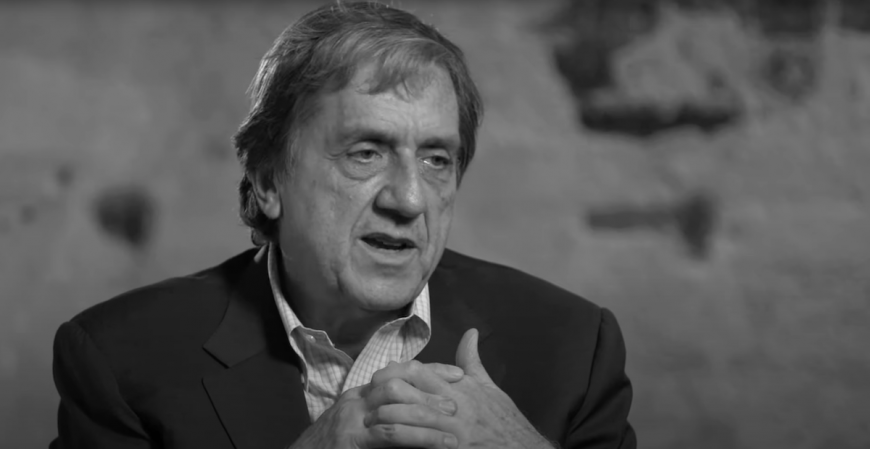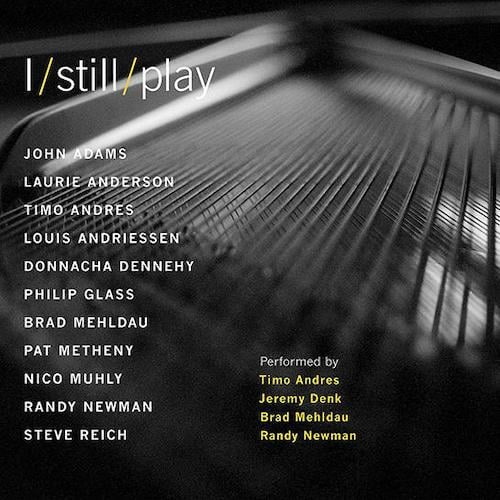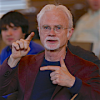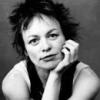
“He’s one of the few left who practice the making of records as a craft,” said Stephen Sondheim about Robert Hurwitz, who came from ECM Records to head up Nonesuch Records in 1984. Randy Newman, film composer and songwriter, commented that Hurwitz had earned his trust because he’d been the last record company executive to have a piano in his office and to actually be able to play it.

How uniquely and delightfully appropriate, then, that Newman and 10 other composers would have worked up a gift to Hurwitz on the occasion of his announcement that he was stepping down from the Nonesuch presidency in 2017. Hurwitz is still very much alive, having assumed the title of chairman emeritus of the label, and when he was questioned by composer John Adams, another longtime client and friend, about his reputation for beginning each day at the piano, he announced, “I still play.”
It was Adams, prompted by Nonesuch executive producer David Bither, who envisioned a commemorative gift in the form of a compilation of new piano pieces by fellow Nonesuch composers. This wasn’t to be virtuosic concert repertoire, but rather personalized creations accessible to a competent amateur such as Hurwitz. The pieces were presented at an April 2017 concert at the Brooklyn Academy of Music, alongside performances by other artists grateful to Hurwitz, including the Kronos Quartet, k.d. lang, Audra McDonald, Dawn Upshaw, and Caetano Veloso. The recently released recording is named for Adams’s own piece, whose name quotes Hurwitz.
In March of this year the album was a topic of a Zoom discussion and performance as part of the Virtual Ojai Talks, featuring Hurwitz, Laurie Anderson, and Timo Andres, the recording’s primary pianist, one of the 11 composers, and the author of the lively and informed track notes. The genial Hurwitz praises the collected pieces as, “not just something to play, but something to learn from,” and attests that after working out each on his keyboard, “I understood how it fit into all of the other pieces they’d done, and I understood them as people more.”
The same rewards await the rest of us listeners, and whatever the intended accessibility in their formation, there are among these offerings several which merit ongoing positioning in 21st-century piano performance repertoire. You’ll also find here much more variety than in your average sit-still recital, and that’s a good thing. The opening track, Move, is composed by Nico Muhly and performed by Timo Andres, as are all the others, except where noted below. Ingenuous and harmonically modest, it strings out its arpeggios like beads of happy appreciation. In Andres’s own Wise Words, the expression is murmured in the left hand, with occasional affecting response in the right, a sweet consideration of its subject, with fascinating switches of time signatures. Andres, throughout his performances here, demonstrates an enchanting gestural approach to his instrument.
Rimsky or La Monte Young, by Louis Andriessen, starts as an earnest exercise, perhaps with a nod to the latter titular composer, but stays user-friendly, moving ticklishly toward a more frantic pace and a series of second intervals, rushing toward its conclusion, as if someone were watching the clock. John Adams’s I Still Play plays out as a sort of romantically contemplative etude, evoking Franck in structure and Scriabin in affect. A repeated figure seems to carry the three syllables of the piece’s (and album’s) title. The solidity of form and Jeremy Denk’s empathetic performance make for perhaps the most classical of the album’s offerings, capped by a poignant conclusion.
Philip Glass sustains the romanticism in his Evening Song No. 2, but in the sparer form of a watercolor, and with Glass’s trademark repetitive patterned relationship of left hand to right. As with Adams, the composer fashions a pretty bow with which to tie up his musical gift at the end. Laurie Anderson’s Song for Bob, by contrast, ribbons out in various directions, rather impressionistic and evocative of Satie in its whimsical choreography. (In her Ojai talk about this, Anderson suggests that this is her sole piano piece, and that she was inspired by her mercurial lunch conversations with Hurwitz.)
Brad Mehldau performs his own L.A. Pastorale, both luscious and thoughtful, evoking the sinewy passion and style of Chopin or Liszt. An elegant series of arpeggiated chords mutate in pursuit of a common capping tone. Steve Reich, like Glass, seems noticeably to be enjoying himself in this company and in his own For Bob, creating rollicking romps under right hand clusters. And Pat Metheny, in 42 Years, the longest of the compositions (6:36), sets Mehldau to exploring a landscape enhanced by a repeated loving theme, rather evocative of the musical paeans of Maria Schneider.
In a satisfying contrast, Donnacha Dennehy’s Her Wits (About Him) twiddles the very top of the keyboard, finding there sparkling icicles, descending into some restless turbulence, and then ascending again. It’s Randy Newman who ushers us out of this fabulous celebration, performing his own brief Recessional, a sort of a good-natured second-line march, humorously embellished. We exit with thanks for the creative friendships Hurwitz has shared with us and will continue to, and for the spirit of generosity and respect which he has so audibly inspired.




